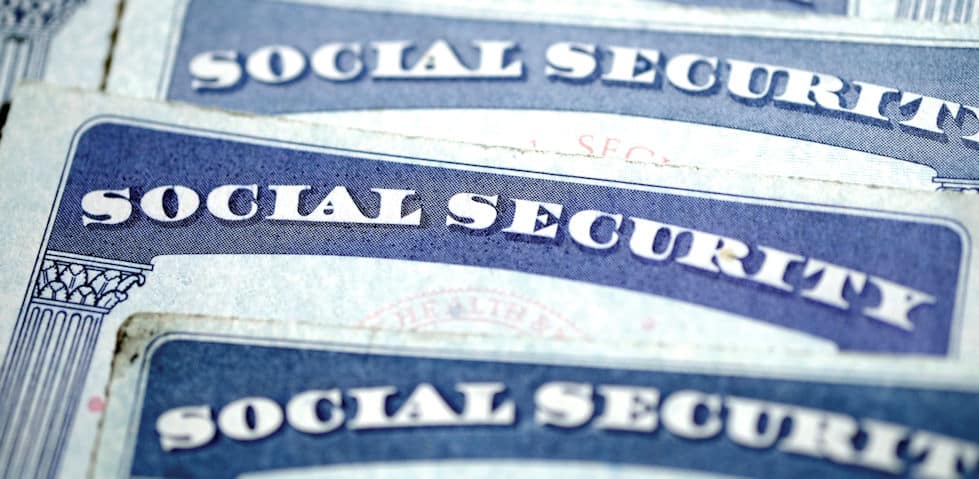This situation has occurred many times over the years: a client gives me a copy of a letter from the Social Security Administration (SSA) which contains a Social Security Number (SSN) followed by the letters “A”, “B”, “E” or other letters, and then asks me to explain what type of benefit is indicated by the letter following the SSN. As this seems to be a common question, I thought that a blog post on the subject might be appropriate. So, what do the letters after a social security or Medicare number mean?
FYI, the letters that come after a SSN are called “Social Security beneficiary codes.” A list of the Social Security beneficiary codes which includes the meaning of each code is located on SSA’s website at Social Security Online. By reviewing the SSA website, I found that the SSN followed by one of these beneficiary codes is referred to as a claim number. SSA assigns a beneficiary code to a SSN after an application for Social Security benefits is filed. These beneficiary codes may appear on correspondence from Social Security or on Medicare cards. However, the codes will never appear on a Social Security card. For example, if the wage earner applies for benefits and his or her SSN is 123-45-6789, then the applicant’s claim number is 123-45-6789A. This number will also be used as the wage earner’s Medicare claim number, once he or she is eligible for Medicare. If the wage earner’s spouse is female and subsequently files for benefits on the wage earner’s SSN, the spouse’s claim number is 123-45-6789B. A list of the Social Security codes and their meanings follow:
|
Code |
Identification |
| A | Primary claimant (wage earner) |
| B | Aged wife, age 62 or over |
| B1 | Aged husband, age 62 or over |
| B2 | Young wife, with a child in her care |
| B3 | Aged wife, age 62 or over, second claimant |
| B5 | Young wife, with a child in her care, second claimant |
| B6 | Divorced wife, age 62 or over |
| BY | Young husband, with a child in his care |
| C1-C9 | Child – Includes minor, student or disabled child |
| D | Aged Widow, age 60 or over |
| D1 | Aged widower, age 60 or over |
| D2 | Aged widow (2nd claimant) |
| D3 | Aged widower (2nd claimant) |
| D6 | Surviving Divorced Wife, age 60 or over |
| E | Widowed Mother |
| E1 | Surviving Divorced Mother |
| E4 | Widowed Father |
| E5 | Surviving Divorced Father |
| F1 | Parent (Father) |
| F2 | Parent (Mother) |
| F3 | Stepfather |
| F4 | Stepmother |
| F5 | Adopting Father |
| F6 | Adopting Mother |
| HA | Disabled claimant (wage earner) |
| HB | Aged wife of disabled claimant, age 62 or over |
| M | Uninsured – Premium Health Insurance Benefits (Part A) |
| M1 | Uninsured – Qualified for but refused Health Insurance Benefits (Part A) |
| T | Uninsured – Entitled to HIB (Part A) under deemed or renal provisions; or Fully insured who have elected entitlement only to HIB |
| TA | Medicare Qualified Government Employment (MQGE) |
| TB | MQGE aged spouse |
| W | Disabled Widow |
| W1 | Disabled Widower |
| W6 | Disabled Surviving Divorced Wife |
Interestingly, this list is not complete but shows only the most common SSA beneficiary codes. I hope this helps you in answering what do the letters after a social security or Medicare number mean, and if you have any other questions about public benefits, contact us anytime.


